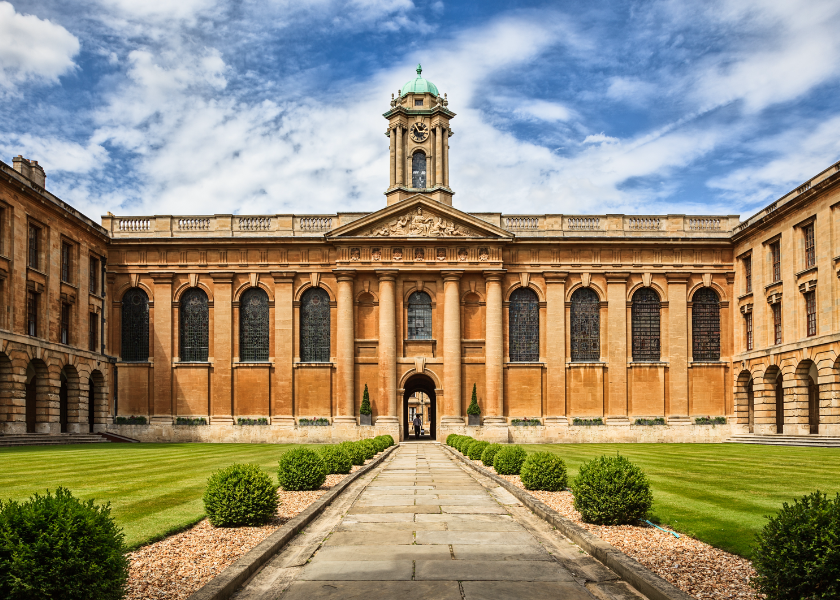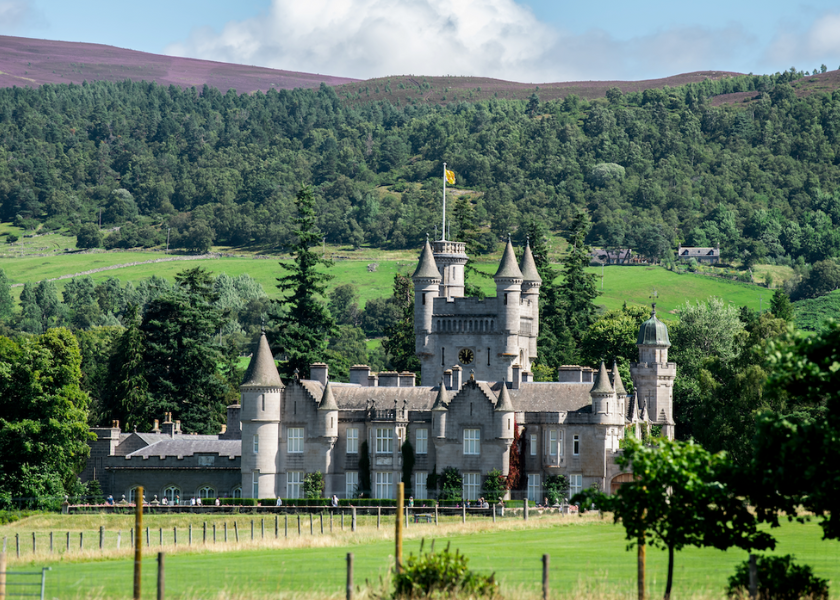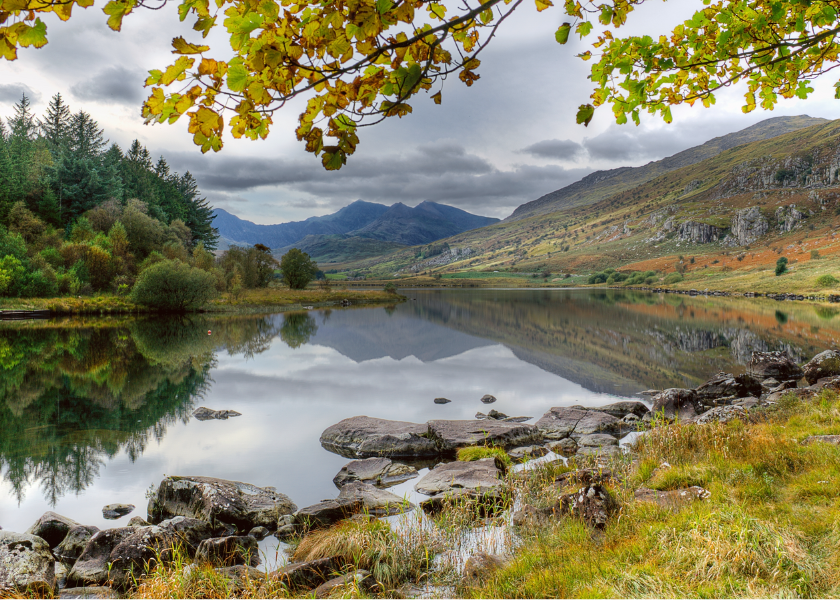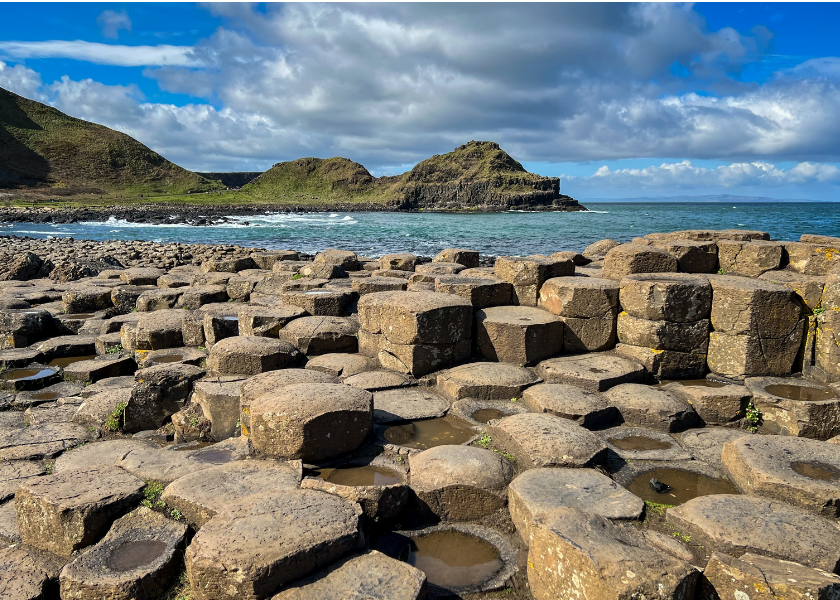Feature
The Most Iconic Landmarks In The UK’s Counties
There’s no denying that each UK county has its own unique charm and identity.
From the bustling streets and skyscrapers of Greater London to the stunning coastline of Caithness, every region has something special to offer.
But how does the world see each of the UK’s counties?
At Big House Experience, we've researched the most searched-for landmarks in the UK and created a map highlighting the country's most iconic sites.
MAP OF THE country's most iconic sites
Key Findings
- The University of Oxford is the most searched-for landmark in the whole of the UK, with a whopping 12,764,009 page views on Wikipedia.
- More than half (53%) of the UK's most iconic landmarks are manor houses, palaces, or castles, emphasizing the significant role British heritage plays in shaping the country's image.
- More than one-eighth (12.2%) of iconic UK landmarks are natural sites, highlighting the renown of the UK's outdoor landscapes.
England

The University of Oxford in county Oxfordshire has topped the leaderboard as the most searched-for landmark in England, and the entire UK. The legendary academic institution came in with 12,764,009 views, beating its famous rival, The University of Cambridge, which had 9,163,369.
The University of Oxford is widely regarded as one of the best universities in the world and has taught the likes of Oscar Wilde, T.S. Eliot and Malala Youfsafzai, while the college and faculty buildings offer a breathtaking display of Gothic, Baroque and Gothic Revival architectural styles.
The UK’s second-most iconic landmark is also in England and is, of course, Buckingham Palace in Greater London. The globally-recognised home of the monarch, the spectacular royal residence has garnered an impressive 11,905,138 views and is one of Britain’s most famous buildings.
Hadrian’s Wall in County Cumbria came in as the third most searched-for English landmark and the top-performing landmark in the North of the county. The 73-mile-long stone barrier represents the north-west frontier of the Roman Empire and has racked in an impressive 8,098,414 views.
Scotland

The magnificent estate house of Balmoral Castle swooped in as the most searched-for landmark in Scotland with 7,810,652 views. It is the Highland home of the British Royal family and served as the much-loved summer residence of Queen Elizabeth II.
Edinburgh Castle is the next most iconic landmark in Scotland, with 2,987,652 views. The dazzling landmark is central to Scottish heritage and one of the oldest fortified palaces in the whole of Europe.
While it previously served as the home of the Scottish monarchy, it now functions as a museum that you can visit to learn about local history and enjoy glorious views over the city of Edinburgh.
The archaeological site of Antonine Wall has come in third with 1,947,220 views. The fascinating site was constructed as a frontier for the Roman empire and runs between the Rivers Clyde and Forth, extending Roman Britannia north from Hadrian's Wall.
Wales

Wales’s highest mountain, Snowdon (Yr Wyddfa), came out top as the county’s most searched-for landmark with 2,233,085 views. The mighty peak boasts an elevation of 1,085 meters above sea level.
Its status as the tallest mountain in Wales, combined with its dramatic scenery, makes it a must-visit for hundreds of thousands of hikers each year.
Interestingly, Wrexham’s Racecourse Ground in County Wrexham has come in as Wales’ second-most iconic landmark, with 1,110,394 views.
Its popularity has surged thanks to a documentary by Ryan Reynolds and Rob McElhenney, Welcome to Wrexham, which chronicles their purchase and development of the Wrexham football team.
Pageviews have skyrocketed 631% since they bought the team, meaning the stadium has now emerged as one of the most famous landmarks in Britain. Wrexham has also become a popular tourist destination following the release of the series.
Conwy Castle came in third place, with 793,407 pageviews. The stunning, well-preserved fortress is located in the county of Conwy and traces back to between 1283 and 1287 when it was built by Edward I during his conquest of Wales.
Given its prestigious history, it’s no surprise that it stands as one of the most famous landmarks in Wales.
Northern Ireland

Northern Ireland’s most iconic landmark is the legendary Giant's Causeway in County Antrim, which garnered 5,265,154 page views. This UNESCO World Heritage site features around 40,000 interlocking basalt columns formed by an ancient volcanic eruption.
The captivating landmark is enveloped in legend and situated along the stunning North Coast, at the base of a dramatic cliff.
In second place is Hillsborough Castle in County Down, with 690,620 page views. This picturesque traditional Irish Georgian house is set amidst over 100 acres of beautifully landscaped gardens.
Conclusion
The UK is home to a wealth of magnificent landmarks, each showcasing the unique beauty of its counties—from grand palaces to dramatic volcanic coastlines. If you're eager to experience these stunning locations firsthand, we have a wonderful selection of large houses to rent in many of the region’s most picturesque areas.
Methodology
To identify the most iconic UK landmarks, we analysed nine years of Wikipedia page view data for the ten highest-rated landmarks on Tripadvisor across 39 of the UK’s most notable counties. This analysis revealed the most searched-for landmarks in each area.
We then transposed some key findings onto a map to illustrate how different UK counties are perceived based on their landmarks.

Sign up for our newsletter
Be inspired with our latest big houses and ideas

















